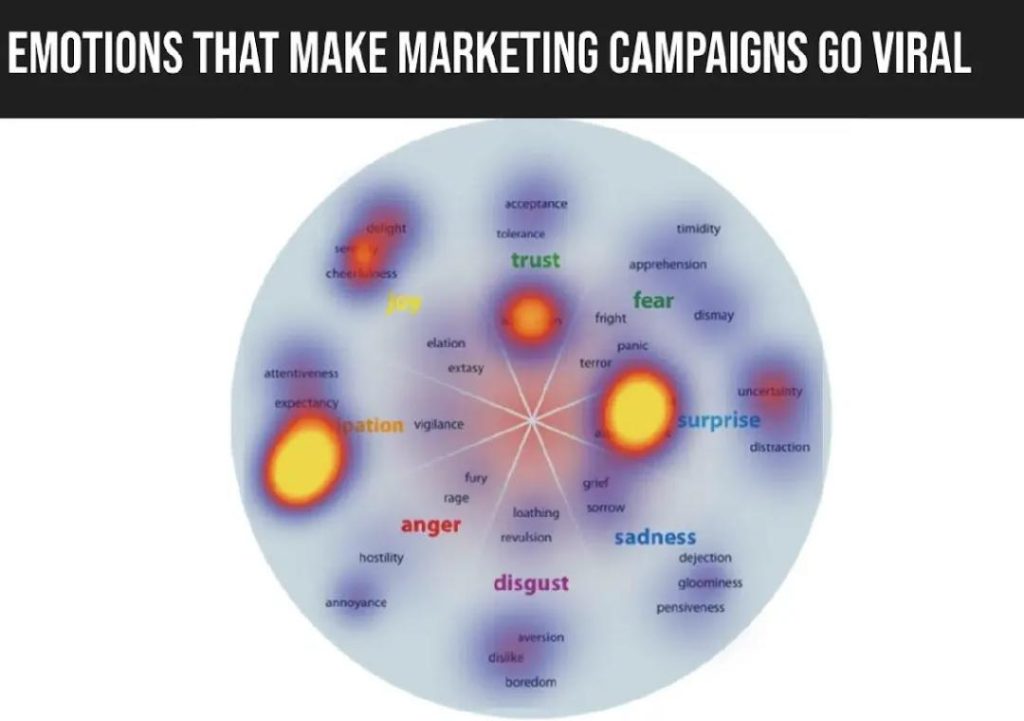
Title: What Makes 80% of Viral Social Content Emotion-Driven?
In today’s digital landscape, creating content that resonates with audiences is a top priority for brands and marketers. With the rise of social media, the competition for attention is fiercer than ever. However, a recent study reveals that nearly 80% of content that goes viral is built around emotions like humor, awe, or inspiration. This is a crucial finding that can inform your content strategy and help you create more engaging and shareable content.
Social media algorithms reward posts with high engagement, and emotional resonance drives more likes, comments, and shares than plain information. This is because emotions trigger a deeper connection with the audience, making them more likely to interact with and share your content. Brands that craft narratives with relatable emotions see their reach multiply exponentially compared to fact-driven campaigns.
So, what makes 80% of viral social content emotion-driven? Let’s dive deeper into the types of emotions that drive engagement and explore some examples of successful emotional content.
Types of Emotions That Drive Engagement
- Humor: Humor is a universal language that transcends cultural and linguistic barriers. Humorous content has the power to bring people together and make them laugh, which is a great way to build a connection with your audience. Remember, humor is subjective, so it’s essential to test different types of humor to see what works best for your brand.
Example: The popular social media brand, Dollar Shave Club, uses humor to connect with its audience. Their videos, like “Our Story,” showcase the brand’s personality and human side, making customers more likely to engage with their content.
- Awe: Awe is a powerful emotion that can leave a lasting impression on your audience. It’s often used in content that showcases extraordinary, unique, or breathtaking experiences. When used correctly, awe can create a sense of wonder and inspire your audience to take action.
Example: The travel brand, National Geographic, uses awe-inspiring content to showcase the beauty of the world. Their videos, like “The Most Epic Drone Videos of the Year,” leave viewers in awe of the natural world and encourage them to explore and learn more.
- Inspiration: Inspiration is a powerful emotion that can motivate people to take action and make positive changes in their lives. When used correctly, inspirational content can build a sense of community and encourage people to share their own stories and experiences.
Example: The fitness brand, Nike, uses inspirational content to motivate its audience. Their ads, like “Find Your Greatness,” showcase real people overcoming obstacles and achieving their goals, inspiring others to do the same.
- Empathy: Empathy is the ability to understand and share the feelings of others. When used correctly, empathetic content can build a sense of connection with your audience and encourage them to engage with your brand.
Example: The non-profit organization, The Trevor Project, uses empathetic content to raise awareness about LGBTQ+ issues. Their videos, like “It Gets Better,” showcase the struggles of LGBTQ+ individuals and encourage viewers to share their own stories and experiences.
- Curiosity: Curiosity is a powerful emotion that can drive engagement and encourage people to share your content. When used correctly, curious content can build a sense of anticipation and encourage people to learn more about your brand.
Example: The tech brand, Apple, uses curious content to showcase its innovative products. Their ads, like “Shot on iPhone,” showcase the capabilities of their iPhones and encourage viewers to explore and learn more.
Examples of Successful Emotional Content
-
Dove’s Real Beauty Campaign: Dove’s Real Beauty Campaign is a great example of emotional content that resonates with its audience. The campaign, which showcases real women and their bodies, encourages viewers to embrace their natural beauty and build a sense of self-acceptance.
-
The ALS Ice Bucket Challenge: The ALS Ice Bucket Challenge is a viral phenomenon that raised awareness and funds for amyotrophic lateral sclerosis (ALS). The challenge, which encouraged people to dump a bucket of ice water over their heads, tapped into the emotions of humor, curiosity, and empathy, making it a successful and memorable campaign.
-
The Nike “Find Your Greatness” Campaign: Nike’s “Find Your Greatness” Campaign is a great example of inspirational content that encourages people to take action and achieve their goals. The campaign, which showcases real people overcoming obstacles, inspires viewers to find their own greatness.
-
The “Boys Who Fled War” Video: The “Boys Who Fled War” video, created by the non-profit organization, UNICEF, showcases the stories of refugee children who have fled war and conflict. The video, which taps into the emotions of empathy and inspiration, encourages viewers to take action and support the organization’s efforts to help these children.
Conclusion
In conclusion, creating content that resonates with your audience is crucial for any brand or marketer. By understanding the types of emotions that drive engagement and creating content that taps into these emotions, you can increase your chances of going viral and building a loyal following.
Remember, emotional content is not a one-size-fits-all approach. It’s essential to understand your audience and tailor your content to their emotions and needs. By doing so, you can create a deeper connection with your audience and encourage them to engage with your brand.
Source:
https://www.growthjockey.com/blogs/how-to-create-viral-content-on-social-media






